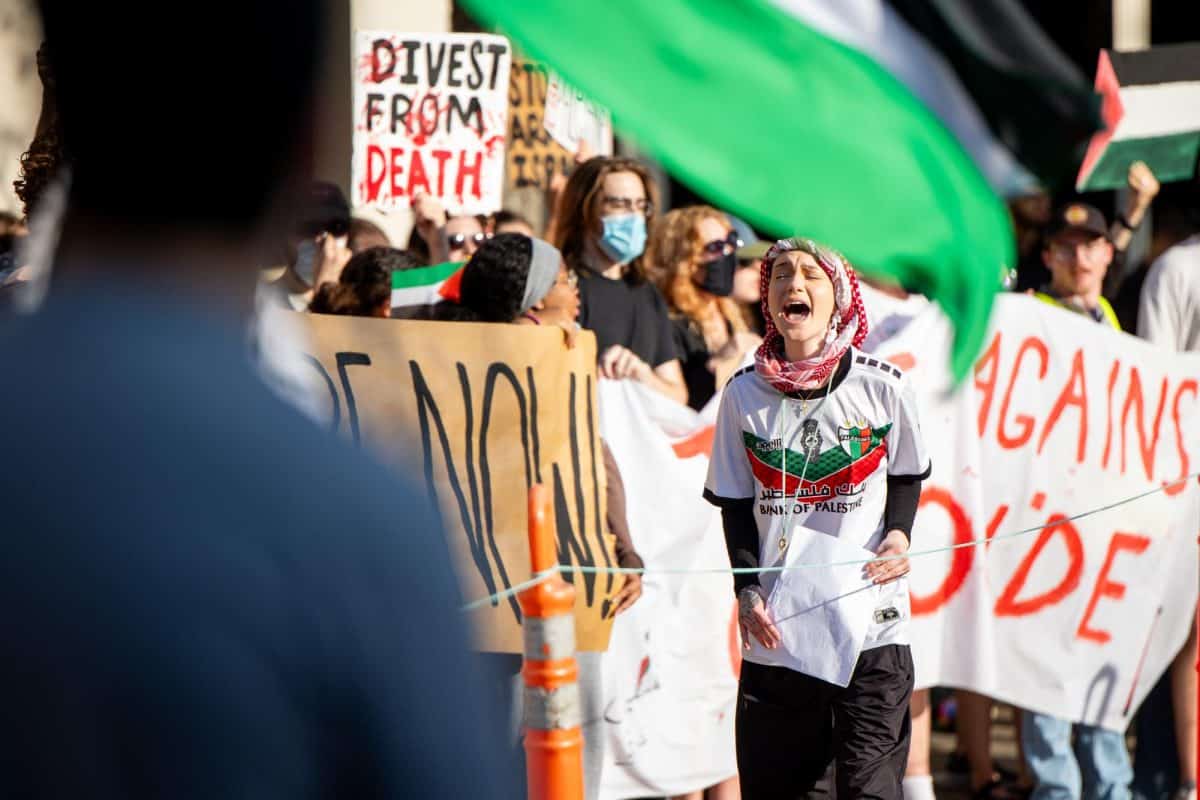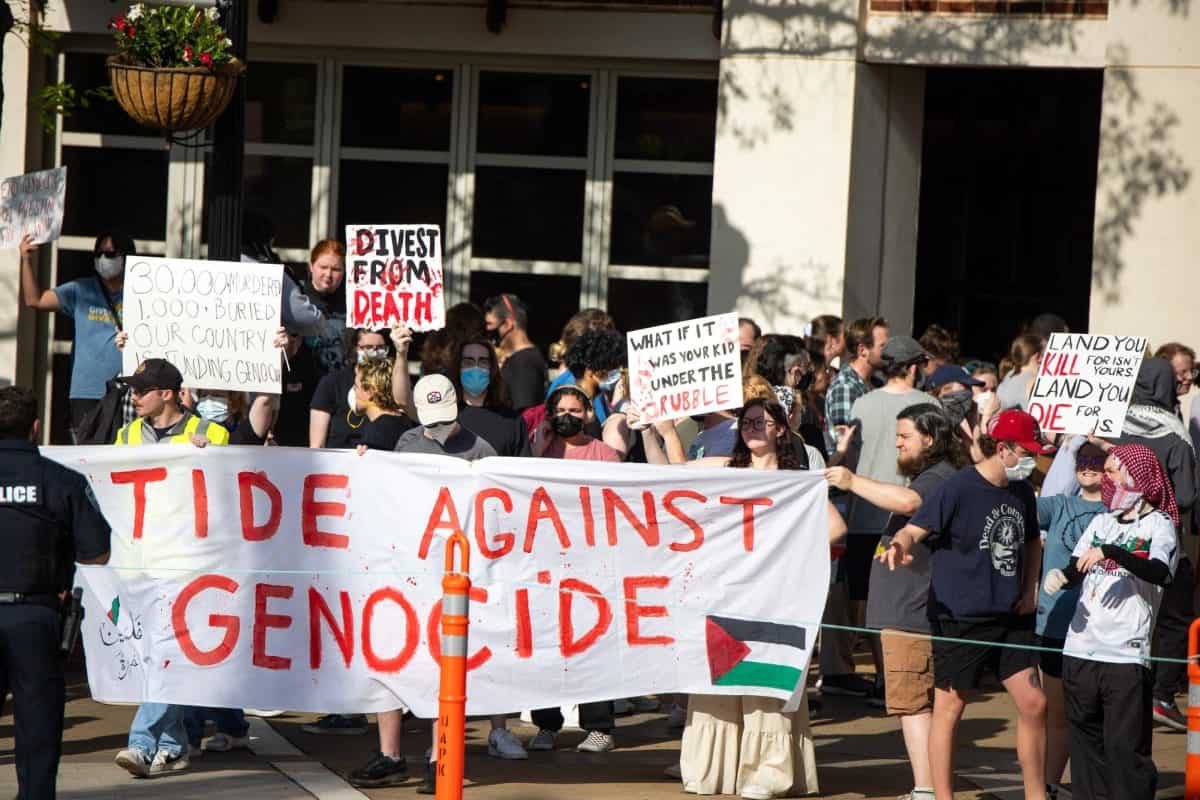A group of UA students are delving into a legendary trial that helped set the tone for the civil rights movement.
New College and graduate students in William Bomar’s Museum Studies class made their first visit to Scottsboro, Ala., in March 2011. Scottsboro is the first site of the infamous Scottsboro trials of the 1930s, in which nine young African American males were falsely accused of rape during a train ride to Huntsville after a brawl broke out aboard their train.
It was later uncovered that the two alleged victims, Victoria Price and Ruby Bates, fabricated the rape story in an effort to avoid charges of vagrancy and prostitution. Shelia Washington, founder and director of the Scottsboro Boys Museum and Cultural Center in Scottsboro, has been working to receive exonerations for the remaining Scottsboro defendants. Though charges against some of the defendants were dismissed during the case, and one defendant eventually received a full pardon, the remaining defendants were never legally acknowledged as innocent by the state of Alabama.
“I want the history told, and I want the history told right,” Washington said in a museum open house. “I call it the train ride to tragedy – to know that they [the Scottsboro boys] left Tennessee, on their way to Huntsville to find work, midway stopped, and their lives were changed forever in one day.”
After seventeen years of attempting to establish the Scottsboro Boys museum, Washington was finally able to raise donations to purchase Joyce Chapel United Methodist Church in 2010 after its congregation dwindled and the United Methodist Church elected to sell the property.
“[The Scottsboro boys] have been forgotten,” Washington said. “There’s so much in the background when you go researching this case, you realize it still has legs and it’s walking here in the 21st century. This is a 21st century case.”
The students conducted historical research and, with assistance from UA’s Center for Community-Based Partnerships and UA’s Center for Ethics and Social Responsibility, created a website, Scottsboro-boys.org, and a brochure for the museum. Mo Fiorella, a graduate student in the Book Arts program, participated in the Scottsboro project. Fiorella said that her group began to consider the case from a new perspective.
“Some of the most interesting things we dealt with were not necessarily tidbits of research we unearthed, but situations we came across,” Fiorella said. “Our research led us to think about why the Scottsboro Boys were called that and whether we should go on using that terminology, as they were not just boys, and they were not connected to Scottsboro in any way outside of the trial.”
According to Fiorella, the Scottsboro incident is strongly connected with the modern civil rights movement.
“I was excited when the Birmingham Jail came up as a place where the ‘boys’ traveled through,” Fiorella said. “The jail serves as such a monument to the civil rights movement that it really brought me around to thinking about the importance of this case and all involved to the beginnings of that movement in the South.”
Ellen Spears, a professor in New College and the Department of American Studies, explained that after the first trip to Scottsboro, the University began a partnership with the Scottsboro Boys museum with support from the Partnerships-in-Scholarship program of the National Trust for Historic Preservation and the Ford Foundation.
“We are pleased that New College and other University of Alabama students have been able to play meaningful roles in community-based historical research that has helped to focus public attention on the need to exonerate these innocent men,” Spears said.






